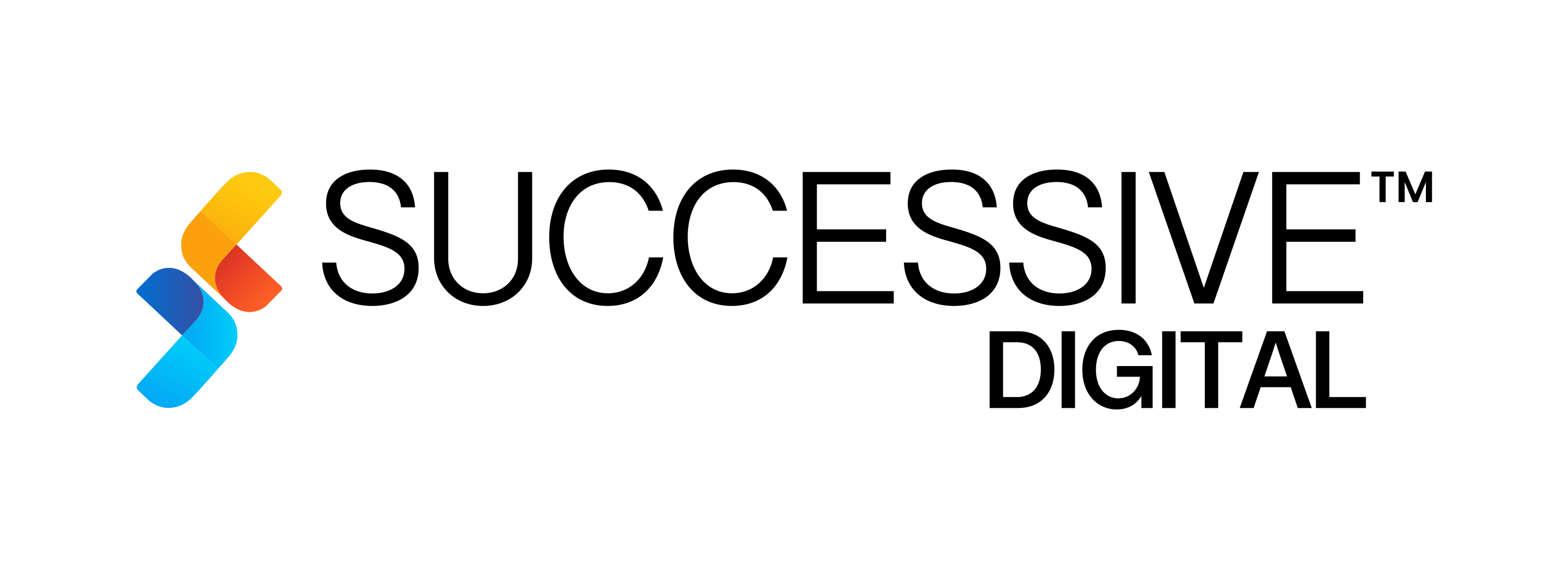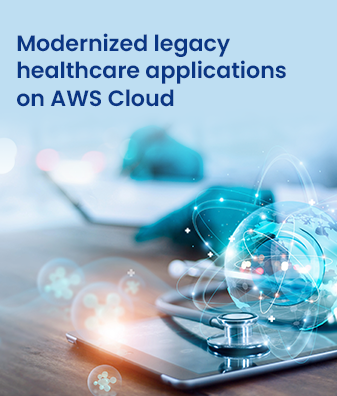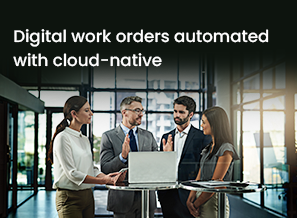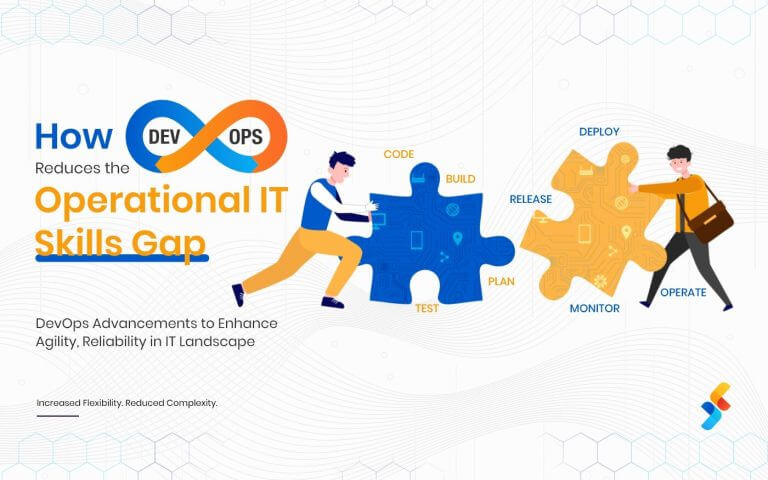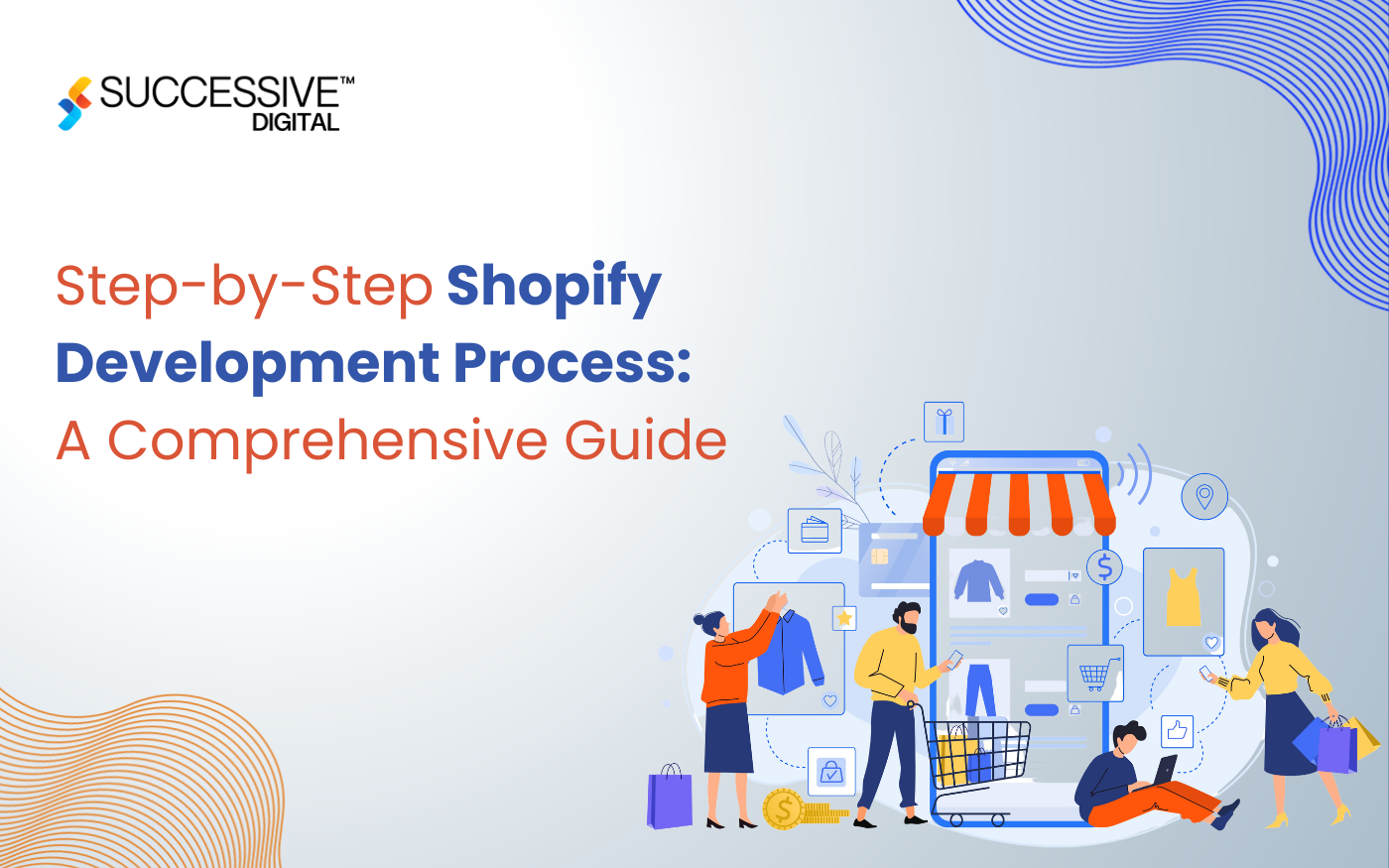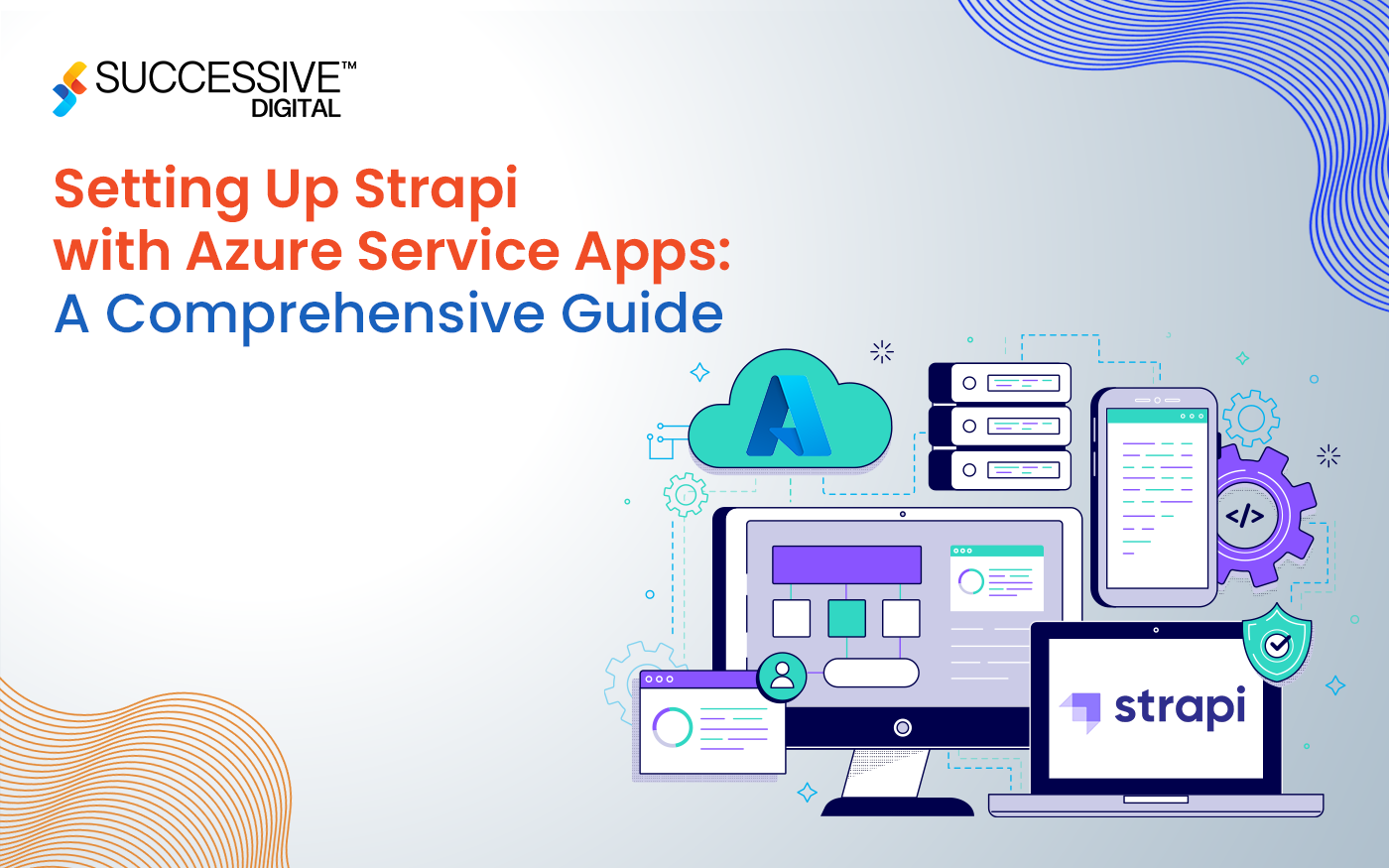If you’re trying to make the decision on whether to hold on to your heritage CMS or make the leap to a Composable CMS, you’re not alone. CMOs, CTOs, and teams across all industries are facing the same question: Is the leap really worth it?
We are not here to contribute to the hype. Rather, let’s examine what the ROI data actually indicates regarding how these systems perform in the field.
Whether you are guiding digital transformation in a retail business or creating an online learning business, it is important to determine the true return on investment before taking the plunge.
First, Let’s Simplify What a Composable CMS Really Is
Composable CMS stands for a content management system in which you can select and stack components such as content storage, presentation, APIs, and integrations—in the style of LEGO bricks.
It’s a headless CMS implementation, but rather more composability-enabled. In a traditional CMS platform, where backend, content, and frontend are strongly bound to one another, a composable one allows you to decouple them.
For instance, if you prefer your Shopify frontend but need a superior content backend, a Composable CMS enables you to combine and swap them out. That’s where a headless CMS agency can help. They help enterprises architect, integrate, and launch modular setups that fit into broader digital ecosystems.
Traditional CMS: What Most Businesses Start With
We’ve all worked with traditional CMS platforms like WordPress, Joomla, or Drupal. They’re all-in-one platforms: content creation, storage, design, and delivery happen in one place.
They’re great if you’re running a straightforward blog, news site, or small-scale business. But the moment your business wants to scale globally, offer omnichannel experiences, or integrate with AI-powered tools, these systems can start to feel like a maze.
What ROI Data Tells Us About Composable CMS vs Traditional CMS?
We dug into case studies, vendor reports, and industry research to answer the key question: How do the numbers compare?
Here’s what the ROI data actually shows:
1. Time-to-Market: 30–50% Faster with Composable CMS
Businesses that move to a composable setup often see a 30–50% reduction in time-to-market.
That’s huge when you’re running seasonal campaigns, launching new products, or entering new markets. Traditional CMS platforms often require significant backend customization when you want to roll out updates across mobile, web, and app channels. Composable systems streamline this with APIs and reusable content blocks.
One eCommerce company reported launching 3x more campaigns per quarter after switching to a composable content system.
Also read: How enterprise CMS can upgrade your content strategy
2. Developer Productivity Goes Up by 40–60%
When developers aren’t bogged down by legacy templates or plugin conflicts, they move faster. With a Composable CMS, they can work in their preferred frameworks (like React or Next.js) and connect easily via APIs.
This boosts morale and speeds up innovation.
Fewer development hours per feature = less spend, faster output, and better utilization of tech resources.
3. Content Team Efficiency Improves by 35–45%
With Composable CMS, marketers and content editors don’t need to ping developers for every layout tweak or asset update. Content gets created once and used everywhere—from your mobile app to the email newsletter.
Content teams in composable environments save an average of 5–8 hours per week per person.
4. Maintenance Costs Drop by 25–40%
Traditional CMS setups usually require ongoing maintenance—patches, security updates, plugin compatibility issues, and downtime.
Composable setups reduce this burden. Since the backend is decoupled from the frontend, you can update one without risking the other.
5. Revenue Growth Is Tangible: Up to 25% Lift in Online Sales
When brands switch to a Composable CMS and deliver faster, personalized, and multi-platform experiences, they often see real-world sales impact.
For example, headless setups let you personalize content for different geos or user segments without building entirely separate pages. This improves engagement and, in many cases, conversion.
But It’s Not Always a Clear Win—Here’s What to Watch Out For
Switching to a Composable CMS isn’t plug-and-play. The ROI comes over time, not instantly.
Here are a few things enterprise leaders should keep in mind:
1. Initial Investment Is Higher
You’ll likely need to engage an enterprise CMS agency to plan and build your architecture. These costs, plus the need to retrain your team or hire new talent, can stretch your budget upfront.
But the trade-off? Long-term flexibility and reduced operational costs.
2. You Need Governance from Day One
A composable setup gives you freedom—but without proper rules, that freedom can spiral. Set clear standards around naming conventions, API documentation, content workflows, and governance. If you don’t, the system can become unmanageable fast.
3. Vendor Overload Can Happen
Since composable systems are made up of many microservices, managing multiple vendors becomes part of your day-to-day. One for content, one for search, one for media optimization, and so on.
This is where having the right headless CMS development company as a strategic partner becomes valuable. They can recommend best-fit tools, consolidate vendors, and help you create a clean integration plan.
Wondering which CMS platform to choose? Have a quick read of this guide – Umbraco vs Strapi, which one you should choose.
Who Should Go Composable (and Who Shouldn’t)?
Let’s be honest—not every business needs a Composable CMS right now.
Here’s a breakdown based on ROI potential:
| Business Type | Traditional CMS | Composable CMS |
| Local stores or small businesses | ✅ Cost-effective | ❌ Overkill |
| Fast-scaling eCommerce brands | ❌ Can’t scale fast | ✅ High ROI |
| Media companies with multi-channel delivery | ❌ Pain to manage | ✅ Streamlined |
| Enterprises with multiple global sites | ❌ Complex & expensive | ✅ Better performance |
| SaaS brands building digital experiences | ❌ Too rigid | ✅ Agile and scalable |
How to Calculate ROI Before Making the Switch?
You don’t need to guess whether a composable model makes sense for your business. Instead, use these five questions to shape your ROI analysis:
- How many hours per week do your developers spend on CMS issues?
- How much faster could your content team operate with reusable content blocks?
- What would faster time-to-market mean in dollar value (e.g., seasonal sales, early launches)?
- What are your current CMS maintenance and support costs annually?
- Would better performance or personalization help you increase conversion or retention?
Once you have answers to these questions, multiply the time savings and potential revenue gains. This will help you with the requirement analysis for the composable CMS migration.
Conclusion
When you migrate to a Composable CMS, you’re not only investing in your tech stack; you’re providing your team with space to think, create, and deploy without hurdles. That’s the actual ROI.
If your company is growing beyond your legacy CMS, or your development and content teams are hitting roadblocks repeatedly, then maybe it’s time to consider composable seriously. To expedite the process and steer clear of expensive missteps, working with a headless CMS agency like Successive Digital can be beneficial.
Need help figuring out if going Composable is right for you?
Get in touch with us. Our CMS development experts can guide you through the strategy, setup, and integration roadmap tailored to your business needs.

